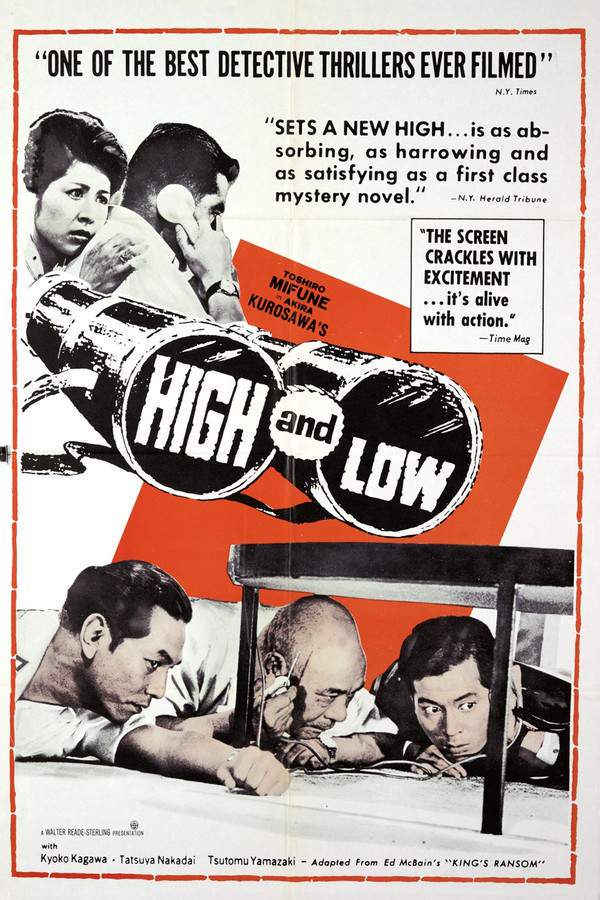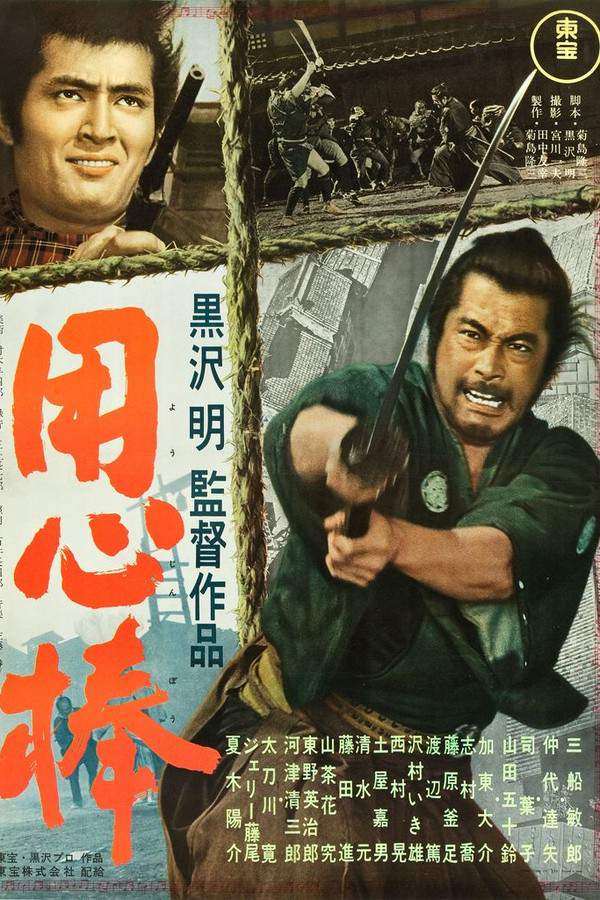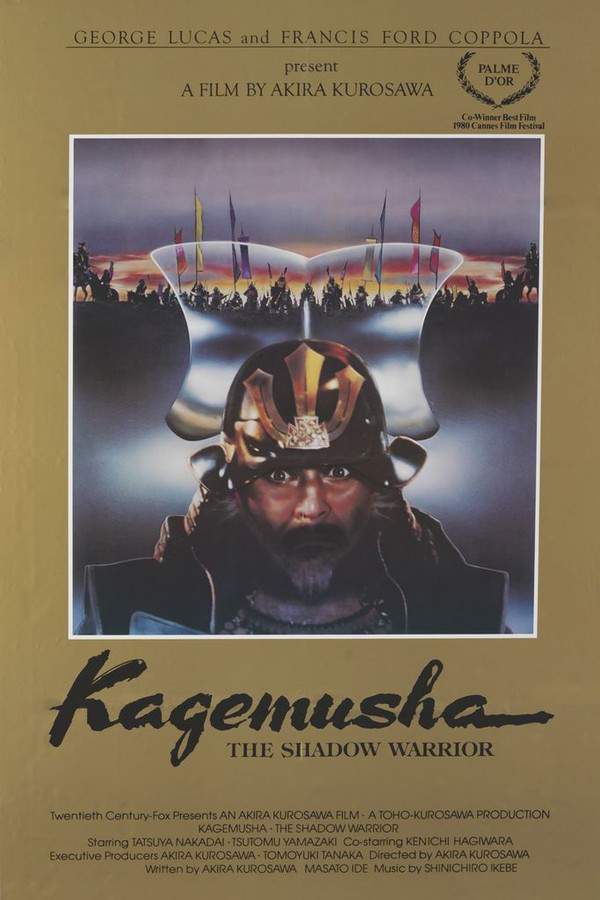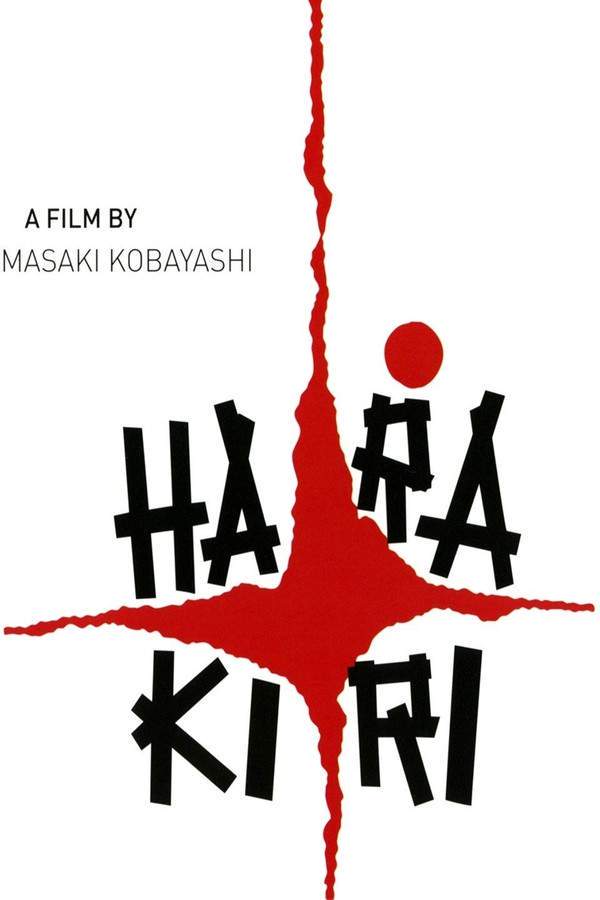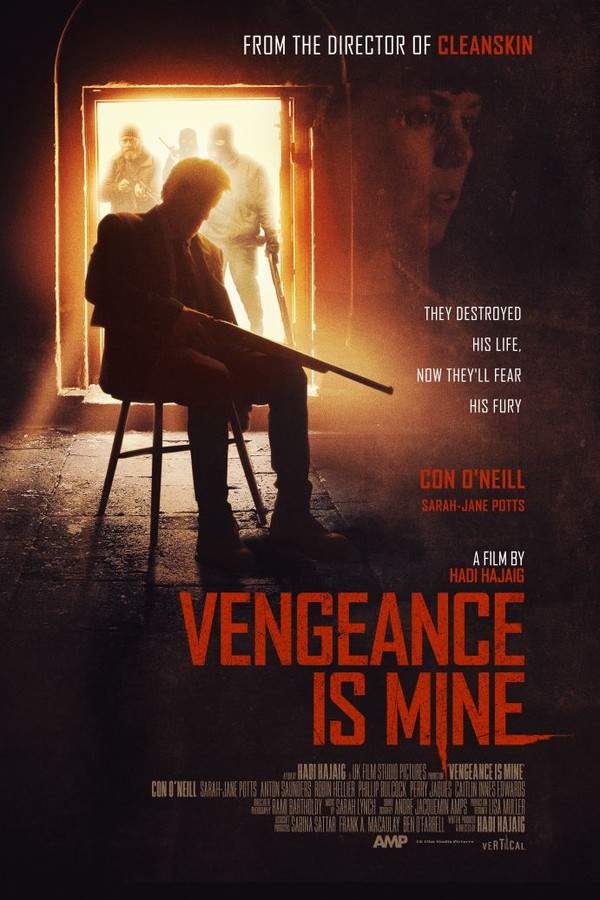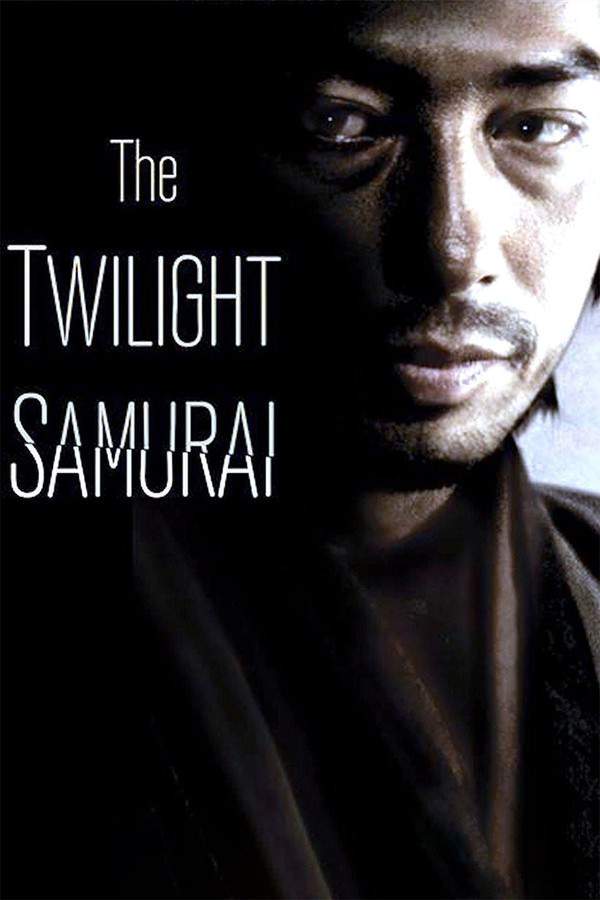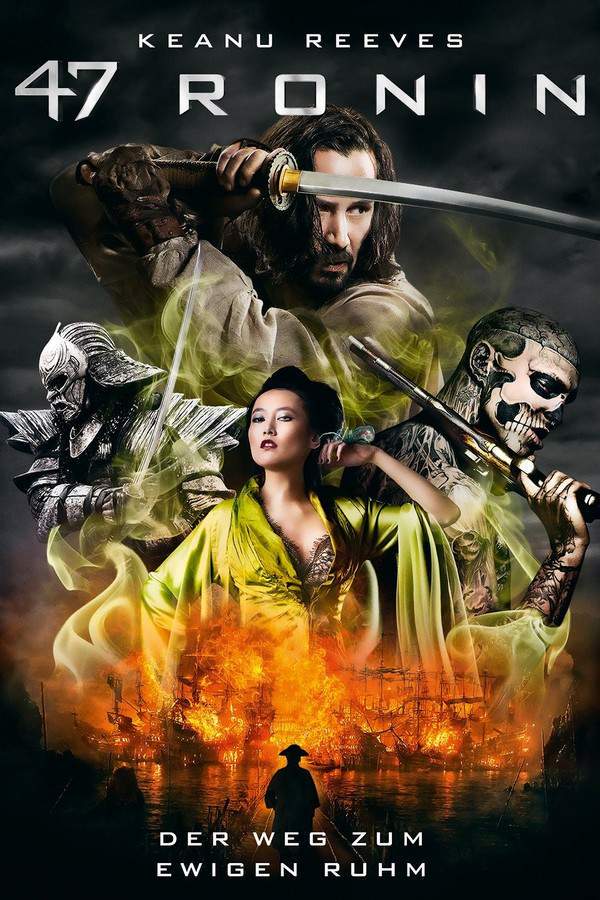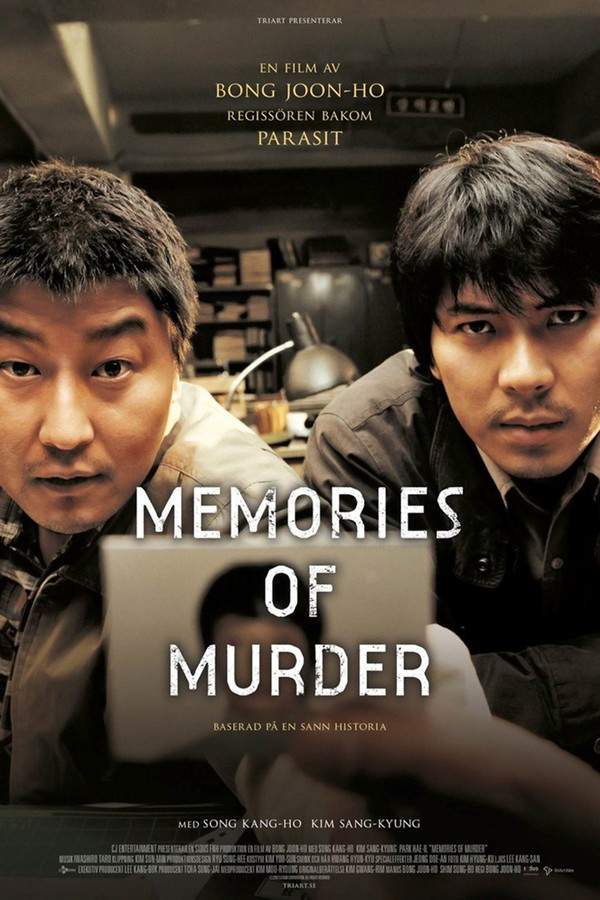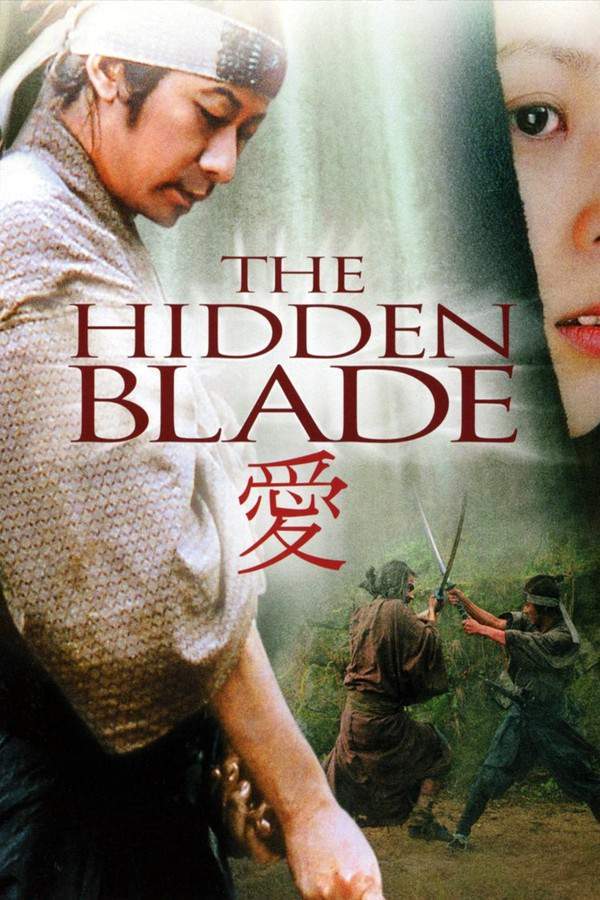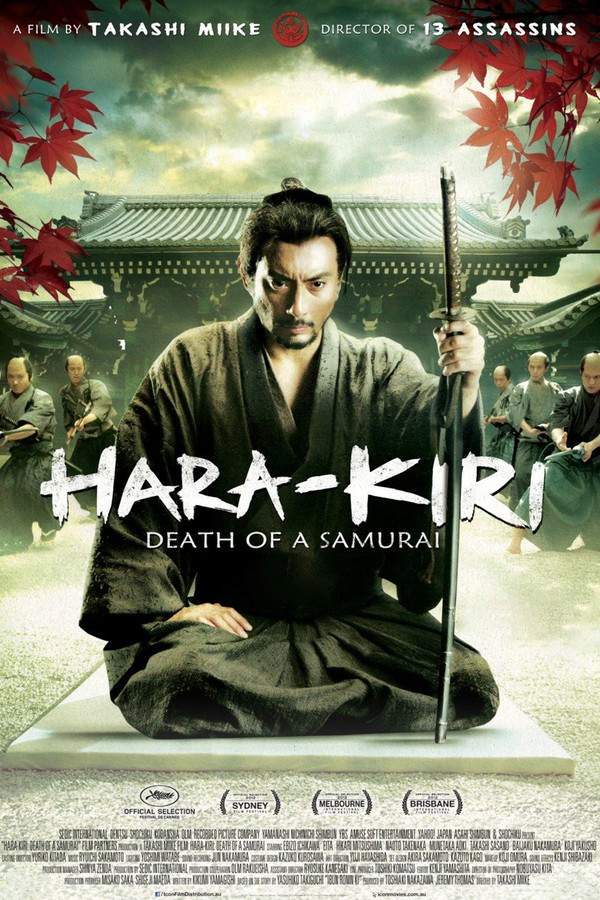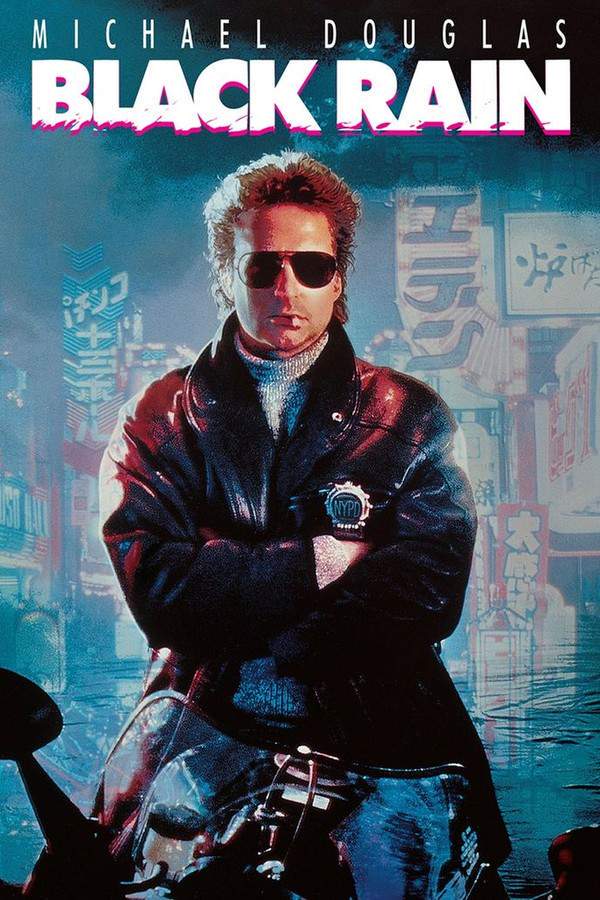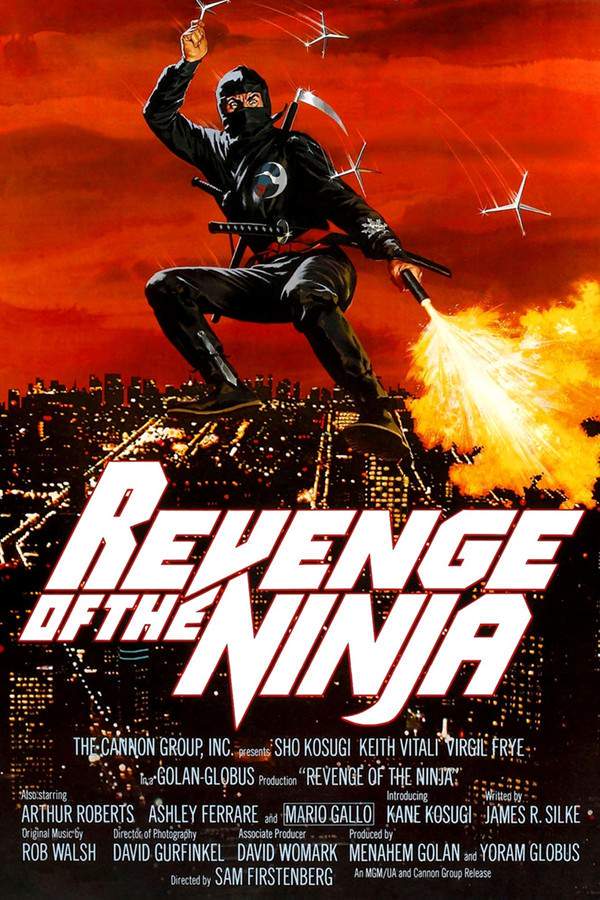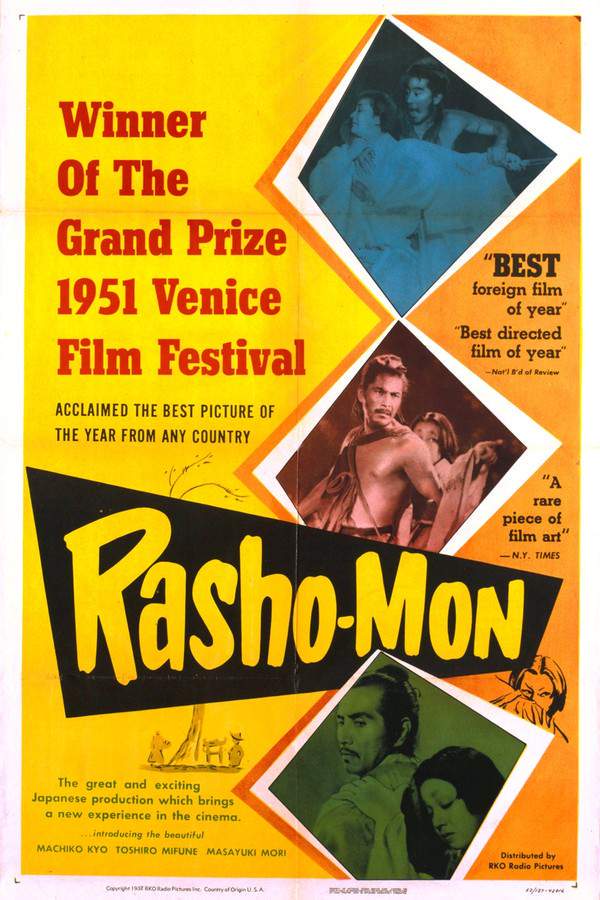
Rashomon
Year: 1951
Runtime: 88 min
Language: Japanese
Director: Akira Kurosawa
A samurai's murder in feudal Japan is recounted through four conflicting accounts—the victim's ghost, the samurai's wife, a bandit, and the samurai himself. Each version of events offers a different motive and perspective, raising profound questions about the subjectivity of truth and the fallibility of human memory. The film explores the complexities of morality and the elusive nature of reality, challenging viewers to question what they believe.
Warning: spoilers below!
Haven’t seen Rashomon yet? This summary contains major spoilers. Bookmark the page, watch the movie, and come back for the full breakdown. If you're ready, scroll on and relive the story!
Timeline & Setting – Rashomon (1951)
Explore the full timeline and setting of Rashomon (1951). Follow every major event in chronological order and see how the environment shapes the story, characters, and dramatic tension.
Last Updated: May 27, 2025 at 13:20
Main Characters – Rashomon (1951)
Meet the key characters of Rashomon (1951), with detailed profiles, motivations, and roles in the plot. Understand their emotional journeys and what they reveal about the film’s deeper themes.
Last Updated: May 27, 2025 at 13:20
Major Themes – Rashomon (1951)
Explore the central themes of Rashomon (1951), from psychological, social, and emotional dimensions to philosophical messages. Understand what the film is really saying beneath the surface.
Last Updated: May 27, 2025 at 13:20
Unlock the Full Story of Rashomon
Don't stop at just watching — explore Rashomon in full detail. From the complete plot summary and scene-by-scene timeline to character breakdowns, thematic analysis, and a deep dive into the ending — every page helps you truly understand what Rashomon is all about. Plus, discover what's next after the movie.
Rashomon Summary
Read a complete plot summary of Rashomon, including all key story points, character arcs, and turning points. This in-depth recap is ideal for understanding the narrative structure or reviewing what happened in the movie.

Rashomon Timeline
Track the full timeline of Rashomon with every major event arranged chronologically. Perfect for decoding non-linear storytelling, flashbacks, or parallel narratives with a clear scene-by-scene breakdown.
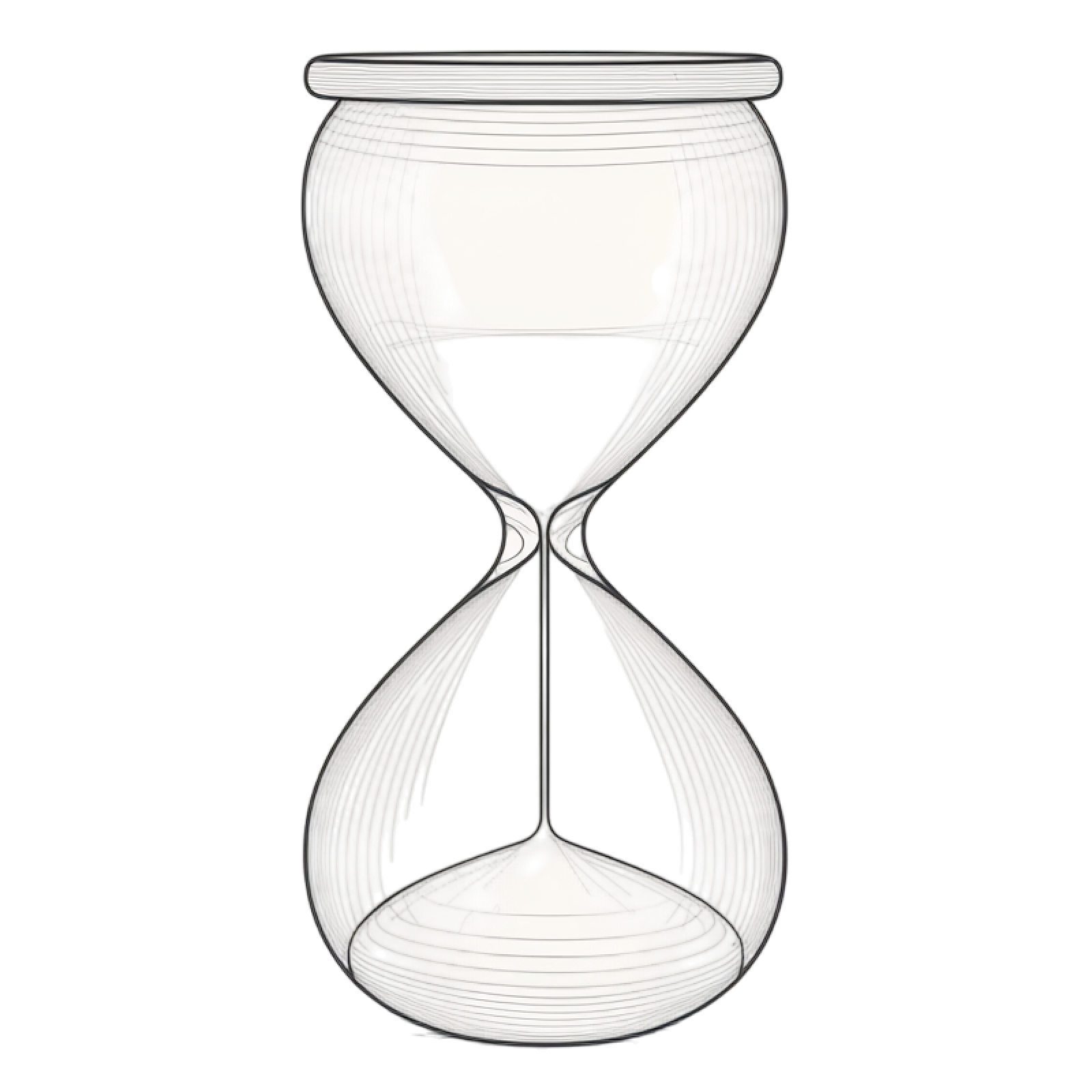
Similar Movies to Rashomon
Discover movies like Rashomon that share similar genres, themes, and storytelling elements. Whether you’re drawn to the atmosphere, character arcs, or plot structure, these curated recommendations will help you explore more films you’ll love.
Explore More About Movie Rashomon
Rashomon (1951) Plot Summary & Movie Recap
Rashomon (1951) Scene-by-Scene Movie Timeline
Rashomon (1951) Spoiler-Free Summary & Key Flow
Movies Like Rashomon – Similar Titles You’ll Enjoy
High and Low (1963) Detailed Story Recap
Yojimbo (1961) Complete Plot Breakdown
Kagemusha (1980) Film Overview & Timeline
Harakiri (1964) Plot Summary & Ending Explained
Vengeance Is Mine (1979) Plot Summary & Ending Explained
The Twilight Samurai (2004) Full Movie Breakdown
47 Ronin (2013) Film Overview & Timeline
Snow Falling on Cedars (1999) Spoiler-Packed Plot Recap
Memories of Murder (2005) Spoiler-Packed Plot Recap
The Hidden Blade (2006) Movie Recap & Themes
Hara-Kiri: Death of a Samurai (2012) Complete Plot Breakdown
Black Rain (1989) Plot Summary & Ending Explained
Zen Noir (2006) Film Overview & Timeline
Revenge of the Ninja (1983) Plot Summary & Ending Explained



